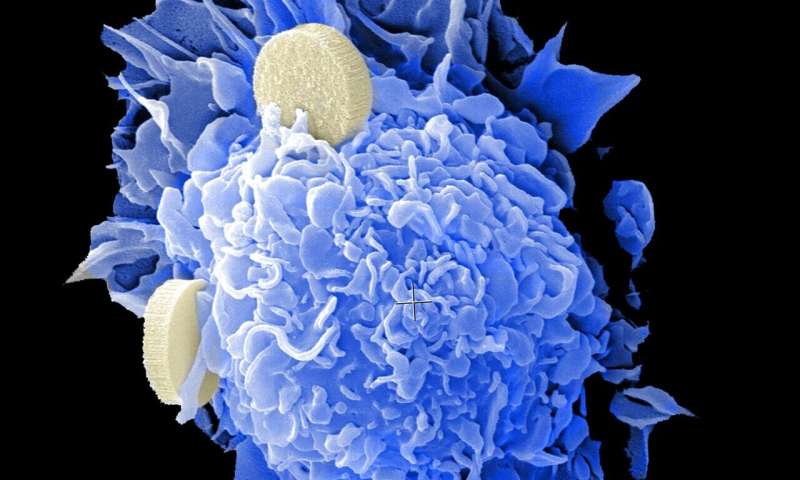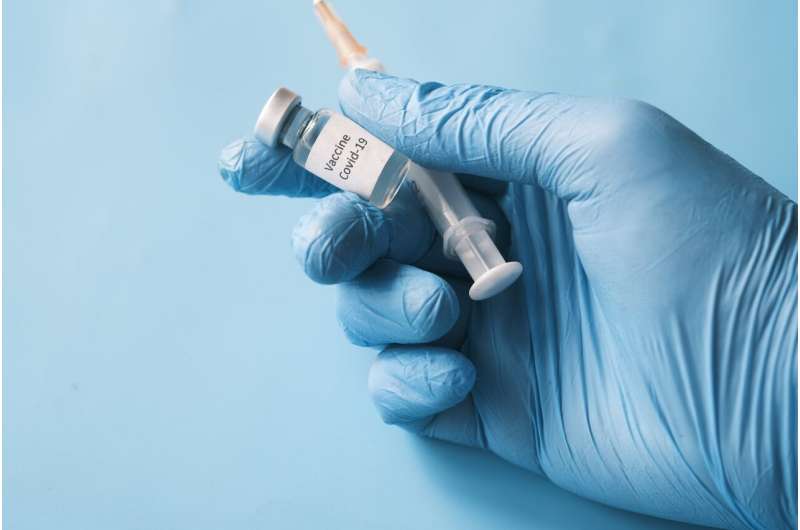Enhanced Imaging Technique Transforms Eye Examination with AI-Driven Device Improvements

Scientists at the National Institutes of Health (NIH) have developed an innovative approach combining artificial intelligence (AI) with existing ophthalmic devices to significantly improve imaging of the back of the eye. This breakthrough allows clinicians to visualize individual retinal cells more clearly, rivaling the resolution of advanced expensive equipment while remaining cost-effective, faster, and accessible without specialized skills.
Traditional ophthalmoscopes, such as scanning laser devices, are commonly used in eye clinics to examine the retina. However, their resolution is limited to tissue-level structures like blood vessels and the optic nerve head. Next-generation devices equipped with adaptive optics—technology that compensates for light distortion—offer cell-level imaging, but these are still largely experimental.
The research team designed a custom AI system to digitally enhance images of the retinal pigmented epithelium (RPE), a critical layer nourishing photoreceptors. They trained the AI using over 1,400 images captured via adaptive optics from different retinal regions, teaching it to assess image quality and improve clarity. Then, the AI analyzed standard images taken with routine ophthalmoscopes, applying enhancements that increased sharpness by eight times.
This AI-driven enhancement enables routine clinical assessment of RPE cells using conventional dye-based imaging techniques with indocyanine green (ICG). Since RPE cells play a vital role in maintaining vision and are affected in numerous eye diseases like age-related macular degeneration, this technology could revolutionize early detection and disease monitoring.
"Our system leverages what it has learned from adaptive optics images to boost the quality of standard imaging,” explained Johnny Tam, Ph.D., NIH investigator. “It enables high-resolution cellular imaging without the need for expensive equipment or technical expertise." The process involves injecting ICG dye into the bloodstream to contrast cellular structures, a technique already used in eye clinics for vascular imaging. With AI, high-quality images of RPE cells can be obtained within seconds using existing clinical instruments.
These advancements promise to make cellular-level eye imaging more accessible, supporting early diagnosis of degenerative eye conditions and improving patient outcomes. The research was published in Communications Medicine and highlights how AI can democratize cutting-edge medical imaging technologies, moving them from research labs into everyday clinical practice.
Source: https://medicalxpress.com/news/2025-04-supercharged-ordinary-clinical-device-eye.html
Stay Updated with Mia's Feed
Get the latest health & wellness insights delivered straight to your inbox.
Related Articles
Link Between Early Neonatal Sepsis and Childhood Epilepsy Uncovered
Groundbreaking research links early-onset neonatal sepsis and meningitis to an increased risk of childhood epilepsy, emphasizing the importance of early detection and treatment.
Optimizing a Cancer-Fighting Radioisotope for Targeted Therapy
Scientists at the University of Missouri are advancing cancer treatment with the development of Terbium-161, a versatile radioisotope that offers targeted destruction of cancer cells through enhanced cellular damage mechanisms.
Advancements Offer New Hope for Patients with Rare Breast Cancer Subtypes
Innovative targeted therapy shows promise in significantly improving outcomes for patients with HER2-positive metastatic breast cancer, offering new hope and a potential shift in first-line treatment options.
COVID-19 Vaccination During Pregnancy Leads to Improved Neonatal Outcomes Without Increased Maternal Risks
Research shows COVID-19 vaccination during pregnancy reduces infection risk and improves neonatal outcomes without increasing maternal health risks, supporting its safety and efficacy.



